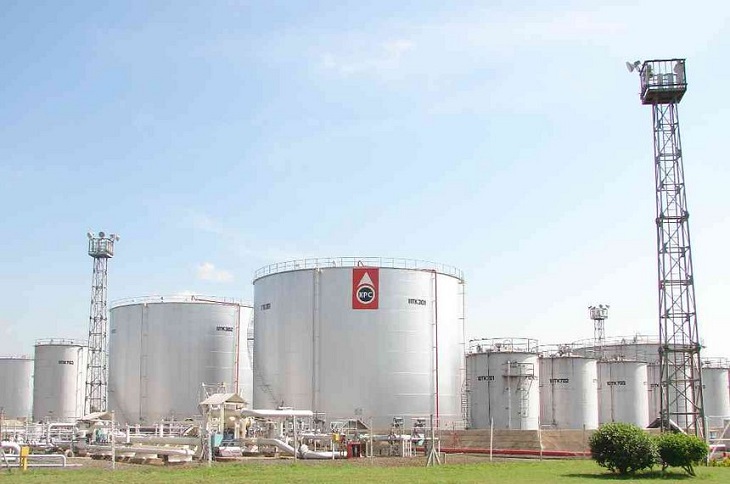Kenya is setting the stage for what could become its largest public offering in over a decade: a plan to sell up to 65% of Kenya Pipeline Company (KPC) and raise approximately $1.15 billion.
The state’s move comes at a time when debt burdens are high, capital market reforms are underway, and the government is eager to deepen domestic participation in public infrastructure.
This IPO could be more than just a financing tool — it may be a strategic inflection point for Nairobi’s equity markets and investor confidence in state enterprises.
The IPO Strategy & Government Rationale.
Under the proposed deal, Kenya would issue shares representing up to 65% of KPC, leaving the government with a minority stake. The full listing, when executed, would be the first major IPO since 2015 and possibly the biggest ever in Kenya’s history.
Key motivations behind the move include:
Debt reduction: Proceeds from the sale will help offset budget shortfalls and reduce reliance on domestic and external borrowing.
Capital market deepening: The government under President William Ruto is pushing for up to 40 new listings by 2029, using big infrastructure assets to anchor that pipeline.
Infrastructure leverage: KPC already operates a 1,342 km pipeline network moving over 14 billion liters of petroleum products annually. The expectation is that with fresh capital, it can expand to serve crude transport, cross-border links (notably to Uganda), and greater regional integration.
A Sessional Paper on Privatization, presented to the Kenyan Parliament in August 2025, lays out the legal and structural basis for converting KPC into a publicly listed entity and outlines the objectives of privatization via IPO.
Market Conditions & Appetite
The timing is not accidental. Kenya’s benchmark equity index has gained 41% year-to-date (in local-currency terms), hinting at strong market momentum.
Meanwhile, appetite for infrastructure-related paper is strong: a recent infrastructure bond issued by Kenya drew KES 208 billion in bids—more than triple the offered amount. Analysts interpret this as evidence of growing institutional liquidity and the capacity of Kenyan capital pools to absorb transactions of this magnitude.
Standard Investment Bank’s Eric Musau notes that pension fund growth, insurance inflows, and possible foreign participation (depending on listing structure and access) could support success.
But challenges lurk: valuation, transparency, regulatory oversight, and managing expectations will matter as much as raw demand.
KPC: Financials, Assets & Growth Levers.
Kenya Pipeline Company, as of its last published results (year ending June 2024), posted KES 10.5 billion in net profit. The company’s pipeline network is critical to Kenya’s fuel logistics and is poised to benefit from regional expansion.
Possible growth levers include:
Crude transport: As upstream oil discoveries unfold in the region, KPC could be positioned to transport crude from new production fields.
Cross-border connectivity: Plans are emerging to link Uganda’s oil flows into Kenyan infrastructure, leveraging KPC’s pipelines.
Anchor investor impact: The government is considering bringing in a strategic or anchor shareholder to raise governance standards, attract foreign confidence, and underline commitment to performance.
The privatization move may also catalyze later share sales or stake reductions in other state enterprises like National Oil Corporation, Kenya Power, or the NSE itself.
Risks, Challenges & Investor Cautions.
Valuation Stretch & Pricing Pressure : Pricing such a large IPO is delicate. Overvaluation may deter investors; underpricing could leave public coffers short. Getting that balance right will be key.
Political & Regulatory Risk : Infrastructure assets are highly political. Any perception that the sale is rushed or nontransparent could raise doubts. The IPO is occurring during an era of IMF-backed reforms and public scrutiny.
Liquidity & Free Float Concerns : For the offering to work, demand must match scale. Ensuring a credible free float and preventing vs. overhangs from residual state interests will matter.
Execution Risk & Integration : Post-IPO, KPC must operate efficiently under public scrutiny, maintain pipeline integrity, manage expansion, and satisfy investor yield expectations. Failure to deliver may dampen belief in future state IPOs.
Foreign Participation & Currency Exposure : If the offering allows foreign investors, currency risk, repatriation rules, and capital flow policies may affect their appetite. Local supporters would likely dominate initial subscription.
Potential Impacts & Strategic Significance.
If successful, this IPO would be Kenya’s largest since Safaricom in 2008 in terms of transformational market impact.
Some anticipated ripple effects:
Benchmark for other SOE privatizations: This could set precedent and timing for privatizing state firms in transport, energy, agriculture, or banking.
Boost to capital markets: More listings, greater institutional engagement, improved liquidity, and better valuation benchmarks.
Debt burden relief: Some of Kenya’s budget pressures could ease if IPO proceeds reduce borrowing needs.
Regional signal: A major African infrastructure IPO might attract continental or global institutional attention.
















